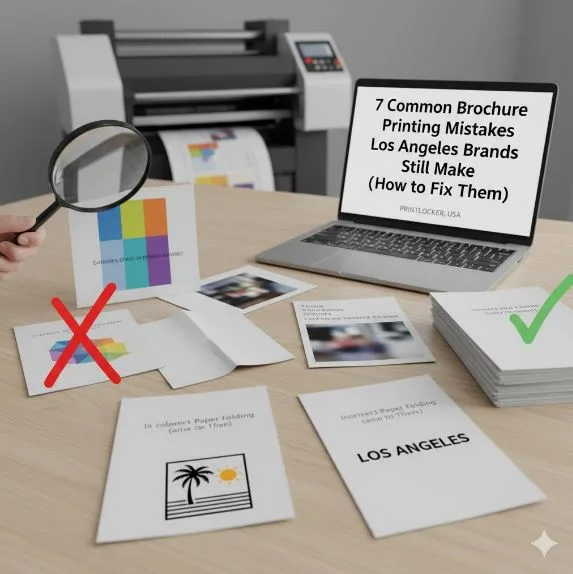Flood Damage Repair 101: What to Do After a Flood Hits Your Home or Business
Introduction: When the Waters Recede, the Work Begins
Floods are among the most devastating natural disasters, wreaking havoc on homes and businesses alike. From ruined floors and walls to mold infestations and electrical hazards, the aftermath can feel overwhelming. That’s where proper Flood Damage Repair planning comes into play. In this comprehensive guide, we’ll walk you through exactly what to do—from your first safety check to full restoration—to get your property back to normal as quickly and safely as possible.
Understanding the Impact of Flood Damage
Flood damage extends far beyond what meets the eye. Even after the water drains, moisture lingers within materials and structural components, increasing the risk of:
- Mold and mildew growth
- Structural instability
- Electrical damage
- Contaminated water exposure
According to the Federal Emergency Management Agency (FEMA), just one inch of floodwater can cause up to $25,000 in damage. This is why timely action is critical.
Step 1: Ensure Safety First
Shut Off Utilities Immediately
If safe to do so, shut off the electricity and gas supply. Water and electricity are a deadly combination, so you must avoid entering a flooded space until it’s declared safe by a professional.
Wear Protective Gear
Use waterproof boots, gloves, and a mask to avoid direct contact with contaminated water, which can carry pathogens like E. coli and Salmonella (CDC).
Step 2: Document the Damage for Insurance
Before cleanup begins, thoroughly document everything. Take high-resolution photos and videos of affected areas, damaged furniture, electronics, and structural elements.
- Tip: Create a digital folder with timestamps to organize all proof for your insurance claim.
Step 3: Begin Water Extraction and Drying
Use wet vacuums and pumps to remove standing water. Next, industrial-grade fans and dehumidifiers should run continuously to speed up the drying process.
Dehumidification Is Critical
Excess moisture trapped inside walls and flooring can lead to black mold, a toxic health hazard. As per EPA guidelines, drying should begin within 24 to 48 hours after flooding.
Step 4: Remove Damaged Materials
Tear Out Non-Salvageable Items
This includes:
- Soaked carpets and padding
- Warped wood flooring
- Drywall up to 12 inches above the waterline
- Insulation materials
Dispose of these according to local hazardous waste protocols to avoid cross-contamination.
Step 5: Disinfect and Prevent Mold Growth
Floodwater is often contaminated with bacteria, sewage, and chemicals. Use EPA-approved disinfectants to sanitize all surfaces and materials that weren’t removed.
Mold Prevention Tip: Use mold-resistant primer before repainting any affected areas. You can learn more in this mold remediation guide.
Step 6: Structural Inspection and Repairs
Hire a licensed contractor to assess the structural integrity of walls, floors, and the foundation. Rebuilding without inspection could result in long-term instability or collapse risks.
Step 7: Restore and Rebuild
Now that the property is clean and dry, restoration can begin. This involves:
- Installing new drywall and insulation
- Replacing flooring
- Painting and sealing
- Rewiring electrical systems if needed
Work with a reputable Flood Damage Repair company for quality assurance.
Step 8: File Your Insurance Claim
Contact your flood insurance provider and submit all documentation. Most policies require filing within 60 days, but sooner is always better.
Step 9: Implement Flood Prevention Measures
Protect your property from future disasters:
- Install sump pumps and backflow valves
- Grade your lawn to direct water away from the foundation
- Apply waterproof coatings on basement walls
- Keep gutters and downspouts clear of debris
For high-risk areas, consider FEMA’s National Flood Insurance Program.
When to Call a Professional
While DIY efforts are noble, severe flooding requires expert intervention. Certified technicians have:
- Advanced water extraction tools
- Thermal imaging for hidden moisture
- Proper licenses and insurance
- Mold remediation certifications
Look for IICRC-certified flood damage professionals for best results.
Conclusion: Act Fast, Recover Smarter
The faster you act after a flood, the better your chances of saving your property and preventing long-term damage. With the right knowledge, tools, and help, you can tackle flood damage head-on and emerge stronger.
Whether you’re handling a minor basement flood or a major structural crisis, having a solid Flood Damage Repair plan makes all the difference. Remember: document early, clean thoroughly, and rebuild safely.




